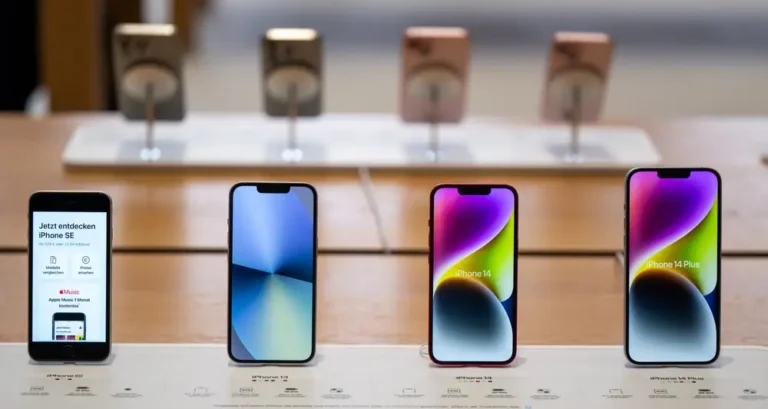Leaked document shows Amazon wants to bring personalized ads to its smart shopping carts in grocery stores

- Amazon plans to bring personalized ads to its smart shopping cart, called the Dash Cart.
- The plan is to show product ads depending on the location of the shopper or items in the cart.
- Amazon believes its physical stores need ads to turn a profit and expand.
Amazon intends to display personalized ads on its Dash Cart. It’s a move that could help it get more value out of its nascent smart grocery store shopping cart and potentially unlock revenue to help its physical stores make more money and expand.
According to an internal document obtained by Insider, the personalized ads would appear on the display screen attached to the Dash Cart while people were shopping. Users of the Dash Cart must sign in with an Amazon or Whole Foods account. According to the document, this will allow Amazon to track impression reporting and conversion attribution for each ad.
Last year, Amazon released the latest version of the Dash Cart, which included more storage space and an upgraded screen that displayed real-time receipts and promotions. Amazon made the Dash Cart available at select Whole Foods stores, as well as many of its Fresh grocery stores, at the time.
Dash Cart users will receive ads based on things like the area of the store they are in once personalized ads are implemented. According to the document, it will be able to show ads for nearby items to the cart, with a maximum radius of 12 feet. The radius is expected to grow once the Dash Cart switches to a “global coordinate system,” according to the company.
According to the document, Amazon also intends to show ads for complementary products to the items already in the cart. The ads will also have “out of stock awareness,” which means they will be able to determine whether or not the advertised product is in stock at a specific location.
“This experience presents a unique advertising opportunity for Amazon as we have an unprecedented wealth of contextual data which we can use to serve hyper-relevant ads to the customer,” according to the report.
The move would be for the most recent Dash Cart iteration, which debuted in 2020 as part of Amazon’s effort to provide a cashierless shopping experience in its physical stores. Dash Cart users can check out products placed in their cart without having to go through a cashier.
Amazon’s spokesperson told Insider in an email that Dash Carts already offer in-store product search and mapping via its screen, but declined to comment on plans for personalized ads.
“Customers love these features as it helps them find products easily at stores and enhances their shopping experience,” a spokesperson for the company said.
Sponsored ads, which are purchased by individual brands and merchants, appear to be an important part of the Dash Cart’s new advertising effort. According to the internal document, there may be some kind of bidding mechanism for Dash Cart sponsored ads, similar to how it works on Amazon’s online marketplace.
According to the document, Amazon planned to launch the new personalized ads in the third quarter of 2023. It’s unclear why it’s being pushed back.
Insider previously reported that Amazon is looking to place ads on Dash Cart screens as part of a larger effort to sell digital ads inside its physical stores. According to an internal document, Amazon Fresh stores are “dependent on advertising” to make a profit and grow.
New ad placements in its physical stores, such as on the Dash Cart, could turn into a lucrative new revenue source for Amazon in the future. In a note issued this week, investment firm Jefferies stated that “the real prize in grocery” for Amazon is the opportunity to tap into the over $200 billion advertising budget that US consumer brands spend annually. It also predicted that every 1% market penetration by Amazon in the US grocery and consumer ad spend “will drive $18 billion in incremental sales” for the company.
Amazon does not disclose its grocery business sales. However, its physical store revenue, primarily from Whole Foods and its Fresh grocery stores, increased by only 6% year on year last quarter to $5 billion. Meanwhile, the advertising industry increased its sales by 22% to $10.7 billion.






